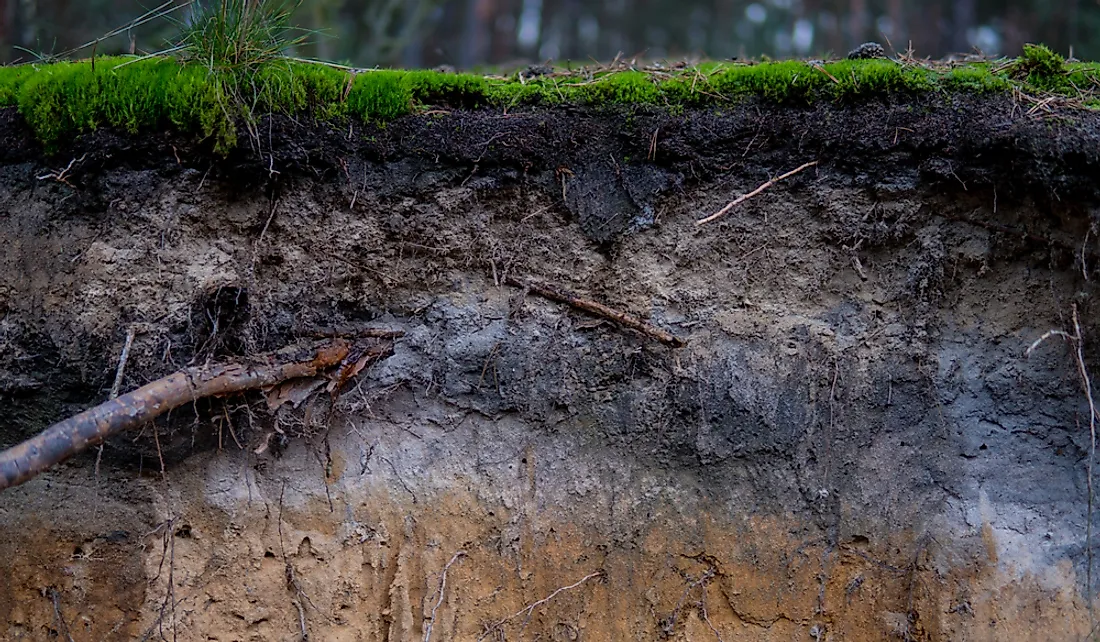What Is Podzol In Soil Science?

Podzols are infertile and highly acidic soil that appear as either white or grey ash. They are located on the subsurface layer of the soil as evidence of minerals that have leached into a lower stratum. Typically, podzols are found in boreal zones and mountainous regions. In Germany, podzols are found in the Alps. On the other hand, in Scotland, they are widespread and found in cold and humid climates such as under forests or heath vegetation. Podzols are also found in southern Australia’s eucalypt forests. In Canada, podzols form 14.3% of the country’s landmass. Podzols facilitate groundwater recharges. They are also used for recreation and grazing purposes. The threats to the existence of podzols are wind erosion and the surface mining of sand.
Entomology
The word “podzol” originates from the Russian language. The two words that form it are pod that means “under” and zola that means “ash.” Consequently, podzol means the “underash.” This word was coined in 1875 by Vasily Dokuchaev to describe the ash found by Russian peasants in the process of plowing their farms. Podzols are given varied names depending on a country’s soil classification system. Consequently, one will find names such as the podzolic order, espodossolos, and spodosols used in Canada, Brazil, and China respectively.
Features of Podzols
The first feature of the podzols is that they are infertile soils. Sand component and low moisture content make them poor soils for engaging in farming practices. In cases where podzols must be used for agriculture, fertilization is highly recommended. Secondly, podzols are highly acidic as evidenced by their low pHs. Thirdly, podzols lack crucial soil nutrients such as phosphate. This type of soil also experiences aluminum toxicity that hinders plant growth. Fourthly, podzols have a high C/N ratio which relates to the ration of carbon to nitrogen in the soil. Whenever the C/N ratio is high, it means that carbon is high resulting in slower residue decomposition and nitrogen cycling in the soil.
Formation of Podzols
Podzols form when the soluble metal complexes such as aluminum, silicon, and iron move from the upper parts of the soil profile to the deeper parts of the earth by means of percolating water. As a result, ash-grey component forms within the eluvial horizon. The metals combine with iron/aluminum oxide to create humus in the sub-soil. There’s also a movement of the metal complexes to the illuviated horizons found underneath the earth surface. These horizons are commonly black, brown, or red and made up of organic compounds.











